Iranian author, educator and researcher Touran Mirhadi believed that a healthy and learned society is impossible without well-educated children, and she dedicated more than 60 years of her life to make this come true. The country in which she grew up and worked is very different from today’s Iran, but her contributions to children’s education remain unforgettable.
Mirhadi was born in 1927 in Shemiran, northern Tehran. Her father Fazlollah Mirhadi, a mechanical engineer, married Greta Dietrich, a well-known German artist while studying in Germany. Touran owed her interest in the lives of children and adolescents to her painter and sculptor mother. In Iran, Greta saw children dying of contagious diseases and, in order to protect her children, she took them to Shemiran every summer and looked after them in a large tent in the ancestral gardens of her husband's family.
Touran was born in that tent. Her mother was her first teacher. In addition to Persian, she also taught her children German. Touran was then tutored by a French-speaking teacher until she went to Nourbakhsh School, where she learnt a fourth language, English.
After graduating from high school, Touran went to Tehran University to study biology. But encountering university lecturers such as Mohammad Bagher Houshyar, a pioneer in pedagogy in Iran, prompted her to study education.
In the fall of 1946, in the unsettled days that followed World War II, she abandoned her studies at Tehran University and, despite her father’s qualms, went to Paris to study child psychology and pre-school education at Sorbonne University. She had the opportunity to study with two outstanding figures in the field, Henri Wallon and Jean Piaget.
Her life in post-war France came with many hardships as European cities were in the early process of being rebuilt after the war. Touran worked as a laborer in rebuilding projects until her graduation before returning to Iran. On her return, she learned of the tragic death of her younger brother, Farhad, in a car accident. Her family was in deep sorrow at the loss.
Touran, who had returned to Iran filled with ideas, turned that sorrow into opportunity just as she had learned to do from her mother. She decided to open a new kind of school in Tehran, calling it Farhad School. Many Iranians still remember it today. Touran said of the school: "My only goal was to prove that Iranian children have a remarkable intellectual power and, with the right education, they can fully develop their talents and abilities.”
The first section of the school, called Farhad Kindergarten, was inaugurated after the birth of Piruz, Touran’s first son. But the Farhad Kindergarten – and Piruz – were hardly a year old when Touran’s husband, Major Jafar Vakili, passed away.
Touran turned her grief at losing her husband into another asset in her efforts to expand Farhad Kindergarten. Two years later, with the support of her parents and, later, her second husband, Mohsen Khomarlu, she turned the school into one of the most famous schools of Tehran. Touran also wrote a workbook, Tutor and Child, based on her training in French kindergartens as well as her experiences at Farhad School.
Her school grew – as did the number of parents who registered their children for its classes. Touran was invited to appear and consult on special councils which were studying the meaning of childhood in the late 1960s.
The concept of “childhood” had entered world literature in the 19th century and had come to the attention of Iranians during the constitutional movement in the early 20th century. But it was in the 1940s and later that “childhood” as an educational idea spread further in Iran, through the efforts of great teachers such as Jabar Baghtcheban and Touran’s own teacher, Bagher Houshyar.
During the second half of the 1950s, Touran, with Leyli Iman, Masoumeh Sohrab, Touran Eshtiaghi and many other educated women, wanted to strengthen the foundations of childhood education, using the experience of the first generation activists in this field. They regarded reading and teaching as the main principle of education. That is why, while changing the educational system, they were also active in literature.
They encouraged the publication of children’s books. And, by raising the issue with the government, Touran and the other educators received approval to establish the Institute for the Intellectual Development of Children and Young Adults, which was one of Iran’s most prominent and effective cultural institutions during the reign of Muhammad Reza Shah.
However, the institute alone could not fulfill the literary needs of children and adolescents. There were few original books for children at the time – there had to be a center to encourage writers to write specifically for children. Once again, Touran, together with a number of friends, went into action.
“In 1955, when Farhad School was founded, we faced a great lack of reading material for preschool and school children,” Touran said in an interview. “There were only a handful of children's books. So we held a book exhibition in the Faculty of Fine Arts in 1956, with the aim of showing that few children’s books existed. We held two other exhibitions, in 1958 and 1960. These exhibitions helped us to understand in which specific areas we lacked children’s books. This motivated a number of lecturers, who were teaching children's literature, to attend the sessions we were holding at Farhad School. Finally, in January 1962, together with Morteza Momayez, Leyli Iman, Abdolrahim Ahmadi, and Mahafarin Adamyat, we wrote the charter of the Children's Book Council and established it with the help of 40 other people."
The idea of the Encyclopedia for Children and Young Adults germinated at this Children's Book Council. Compiling material for the encyclopedia began in 1979. At the beginning, only five people worked on the publication, while today more than 300 people participate in the work.
This encyclopedia, to be ultimately published in 24 volumes, exists purely thanks to Touran Mirhadi's relentless efforts, and without any help from the government. Today it is one of the most vital works produced for children in Iran.
Touran also participated in editing two textbooks on social science, history, geography and theology, called, "Social Science and Theology for Elementary Fourth Grade" and "A Glance at Children's Literature."
In the last years of her life, Touran continued to oversee the compilation of the encyclopedia from home, despite her advanced age and illness.
Touran was repeatedly nominated for the Hans Christian Andersen Reward by the International Board on Books for Young Children, based in Switzerland, and other prestigious literary awards.
Touran Mirhadi died from a stroke on November 8, 2016.
visit the accountability section
In this section of Iran Wire, you can contact the officials and launch your campaign for various problems












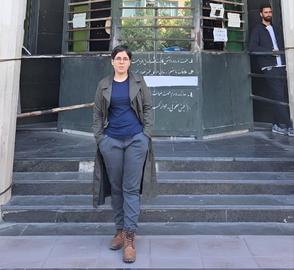
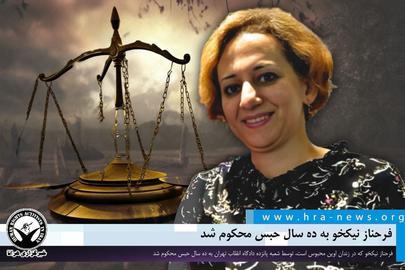
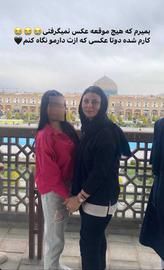

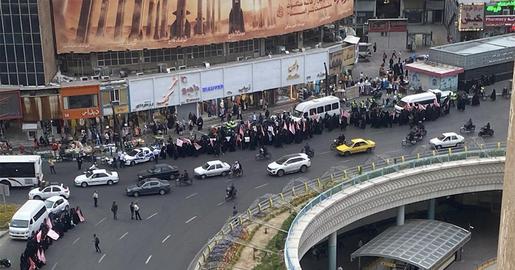
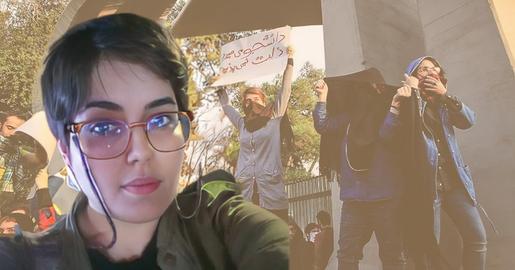



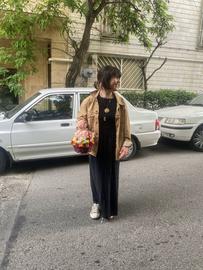
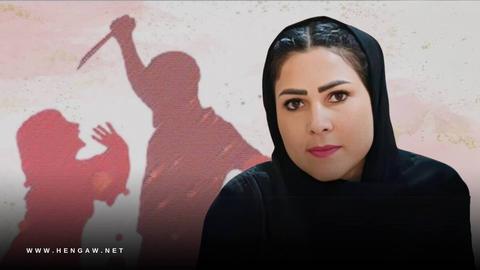




comments